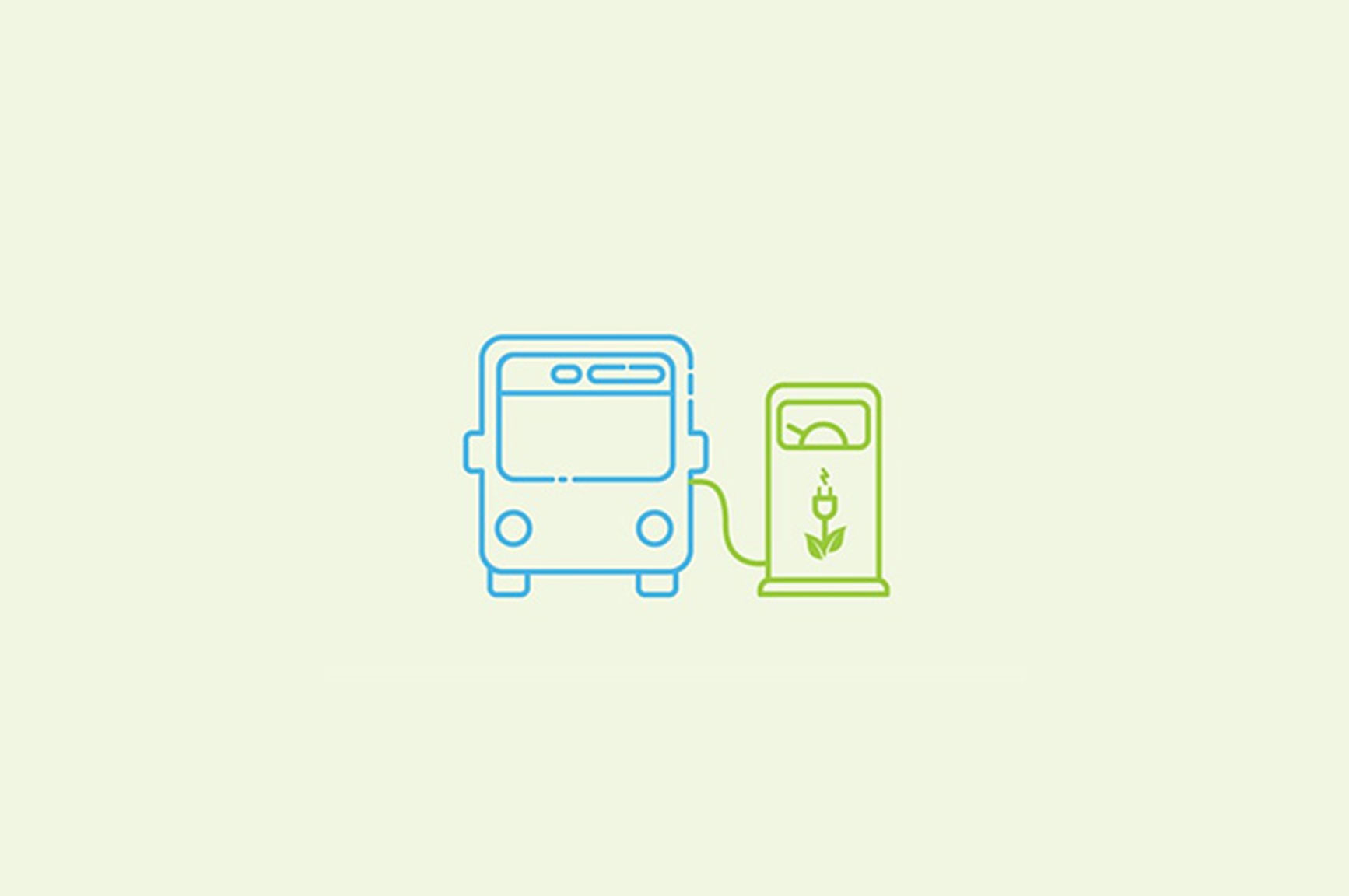India has a target of some 5,500+ e-Buses procured under GOI FAME-II initiative, with a max public fleet size of 300 nos. of e-Buses with a single STU. This will form some 3% mix of overall STU ICE fleet nos. today. With this deployment under FAME-II, India will become the second largest country with such a big e-Bus fleet. With this successful adoption and integration, India will be targeting a 100% e-bus mix in new procurement before 2030.
Most of the procurement and deployment today is planned for overnight Depot charging requiring large battery sizes to support ~200 km/day trip length (though there are known used cases where intermittent charging is carried at Depot only). FAME-II supported e-Buses tenders are Gross Cost Contract (GCC) based and Operator attract penalties for missing operational SLAs. Most Operators are learning in a hard way by paying penalties various e-Bus related performance issues, which they didn’t plan for real STU driving conditions including
- Real AC loads due to door open/close and different weather conditions
- Road traffic and congestion’s, resulting into surprise range reduction (not much regenerative braking contribution)
- Significant range deviations from different drivers
- Battery degradation and aging
- Charging time deviations over specs, etc.
These issues will grow further with an increasing % mix of e-Buses in the fleet. Each route performance can be different, and hence broad generalization with simple estimations can lead to erroneous planning and bad taste.
It is important that Indian OEMs, Operators and STUs take up systematic planning much before procurement and learn to collaborate well with each other for best results.
With this view, this Webinar attempted to find answers to below top questions:
- How e-Bus performance can vary on different routes, and why route-specific modeling and planning is important?
- What important e-Bus, battery and charger characteristics, coupled with STU route timetables and sensitivities are important to estimate close to real e-Bus performance?
- How to find the best configurations of e-Bus and charger sizes and numbers and optimize Capex, Opex, and ROI and meet performance SLAs?
- How to account for battery performance and sensitivities to the overall estimation of TCO economics for bidding?
- What pros and cons of different charging methods and potential investment optimization opportunities?
- What reserve e-bus capacity will be required to handle SLAs management?
Panelists: M Narayanan Sankar, Co-founder, and Director, Microgrid Labs (MGL); Mr Amegh Gopinath, Technical Expert, SMAR- SUT Project, GIZ and Mr Rahul Bagdia, MD, pManifold business Solutions


